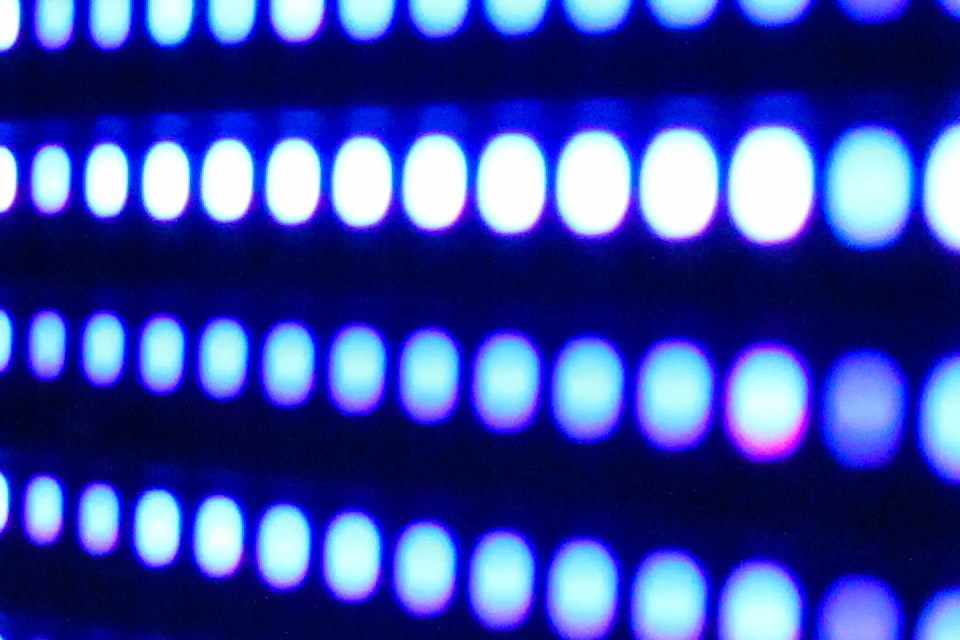Software Solutions
Software Solutions for industry transformation progressed from concept through commercialization
GridBright Software Solution outcomes that facilitate the Energy Transition
)
GridBright developed and implemented an open-source and publicly available grid model repository. This repository is a single place where researchers can go to find publicly available grid models by using structured and semantic search capabilities. The innovative semantic search capability developed as part of this research project enables researchers to easily search the hundreds of available grid models for the models that meet the needs of their research. As part of the project, GridBright also created an independent, non-profit tax-exempt corporation, BetterGrids Foundation, Inc, to represent the repository users and support its ongoing evolution. As of this writing, volunteers from more than 50 organizations are engaged in BetterGrids, there are over 400 curated public grid models in the repository, and the repository is being used by a growing number of grid researchers in 45 countries.
The project team wishes to acknowledge the funding support from the Department of Energy (DOE) Advanced Research Projects Agency-Energy (ARPA-E). The project team also wishes to acknowledge the many individuals who volunteered to become involved in the BetterGrids Foundation, including its volunteer Directors, Officers, and Committee Members.
Visit The Bettergrids Repository)
Maintaining the US electric grid’s security, sustainability, and competitiveness requires secure real-time exchange of sensitive grid data and collaboration among value chain participants, including grid operators, clean energy producers, government, and the private sector. Under ARPA-E DE0001030 GridBright developed Secure Grid Data Exchange (SGDX) to meet this need.
SGDX is a cloud-native suite of Software as a Service (SaaS) based on open-source and GridBright proprietary elements and is composed of standards, applications, technologies, and support processes. It provides the full set of capabilities required to ensure secure and compliant grid data exchange between all-electric utility value chain participants.
Presently SGDX is in production with three applications supporting secure grid data exchange with a fourth in active development. The market for GRIDEON is broad and includes addressable markets in all utility industry segments across the entire electric energy value chain.
The project team wishes to acknowledge the funding support from the Department of Energy (DOE) Advanced Research Projects Agency-Energy (ARPA-E). The project team also wishes to acknowledge the technical contributions of project team members Midcontinent ISO and Mid-Carolina Electric Cooperative, as well as many volunteers who participated in the BetterGrids Foundation, Inc SGDX Working Groups.
Learn More about SGDX)
PIVA (PV Integration using a ‘Virtual Airgap’) is being developed to provide a cloud-based integration layer that decouples PV data collection from mission-critical Operations Technology (OT) systems like EMS or ADMS. This improves usability, reliability, and security by neutralizing the operational impacts of both benign and malicious cyber risks. Bad data is naturally filtered out, missing data is automatically filled in, and sensitive data is mathematically de-identified. It would also help solve an emerging challenge of TSO-DSO-Aggregator-Retailer coordination of DER.
Most utilities are reticent to integrate BTM telemetry with control room systems because it violates the ‘airgap’ principle. Plus, there is an inherent ‘impedance’ mismatch between newer IoT protocols and legacy SCADA-based systems. PIVA accordingly is a cloud-based integration layer that could replace traditional physical ‘airgaps’ using –
- Defense-in-depth architecture of security zones and data validation layers
- Cheap but robust and scalable public clouds for device comms and data processing
- Semantically aware geo-temporal analytical algorithms for real-time data validation, estimation, and aggregation
- Protocol and time interval transformations to bridge the ‘impedance’ gap between DER assets and OT systems like SCADA
PIVA | Convert untrusted BTM PV telemetry into secure, clean, reliable data for grid operations
PIVA is funded by The U.S. Department of Energy Solar Energy Technologies Office (SETO) as part of their Fiscal Year 2021 Systems Integration and Hardware Incubator Funding Program (Award DE-EE0009631).
Learn More about PIVA
GridBright uses AI to reduce interconnection queue delays
GridBright’s solution to long interconnection queues, AI-driven Renewable Interconnection Siting (AIRIS), is to develop and maintain a comprehensive and secure database that can be accessed by those who have a legitimate need for the information, namely developers and financiers of renewable plants and storage projects.
Creating a national database on the transmission network requires collecting, formatting, archiving, cataloging, and storing vast amounts of data and placing it in a secure platform accessible to those who need the information to perform the analysis that is needed before new generation – renewable, conventional or storage – can be connected to the grid. The vast amount of data will have to be obtained from multiple sources, with the necessary privacy, confidentiality, and non-disclosure agreements for hosting the data and providing access to the users.
Grid Emergency Management (GEM) Girds Utility Resilience
Today’s utility emergency management process must resolve incidents that are ever more persistent and pernicious. As a result, utility-specific complexity and risk are growing. Single event Incident Command System (ICS) based management does not adequately meet today’s utility’s needs. Instead, a utility-specific all-hazard synthesis management approach is imperative to limit the escalating financial costs and reputational damage of undermanaging modern incidents.




